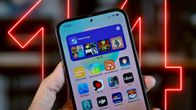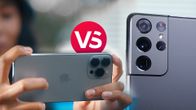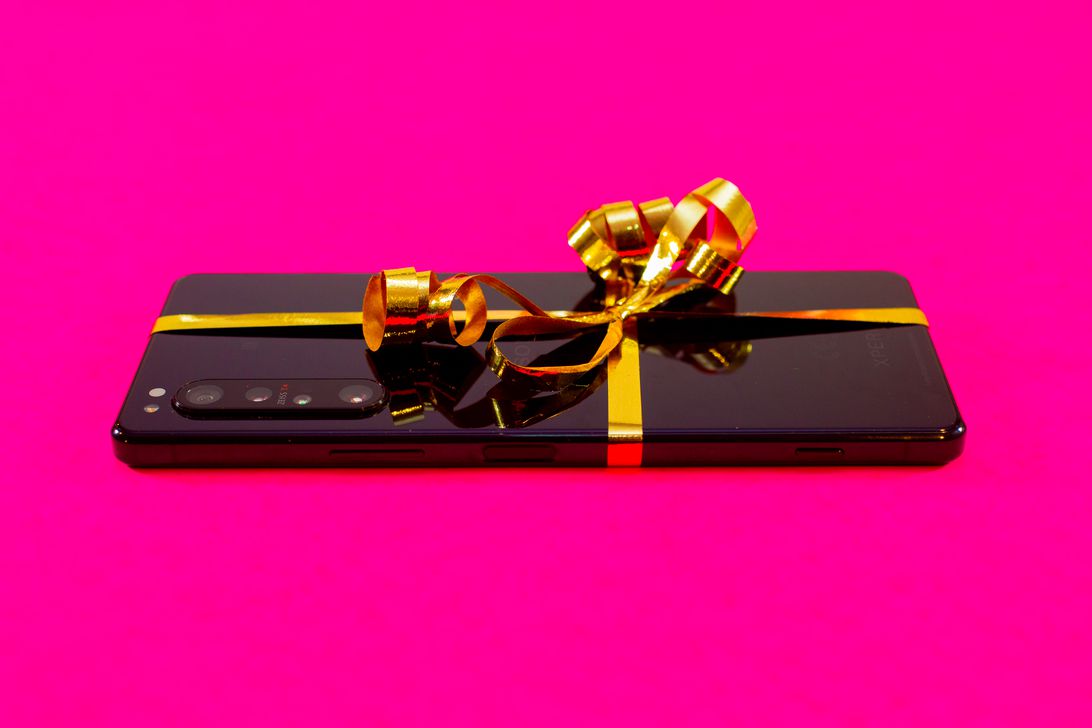
Sarah Tew/CNET
The new year has already brought several phone launches from companies such as Samsung, OnePlus and TCL, and it sounds like there’s plenty more to come in 2022. Apple, for example, could be on the verge of launching a new version of the iPhone SE, its budget-friendly iPhone. Meanwhile, the rumored Galaxy S22 Ultra is expected to be a real successor to the Galaxy Note, which hasn’t seen an update since 2020.
Here’s a look at the smartphones we’re looking forward to most in 2022 based on rumors and reports that have surfaced so far. A previous version of this list also included the Samsung Galaxy S21 FE and OnePlus 10 Pro, both of which debuted in January.
Post Contents
Apple iPhone SE 3
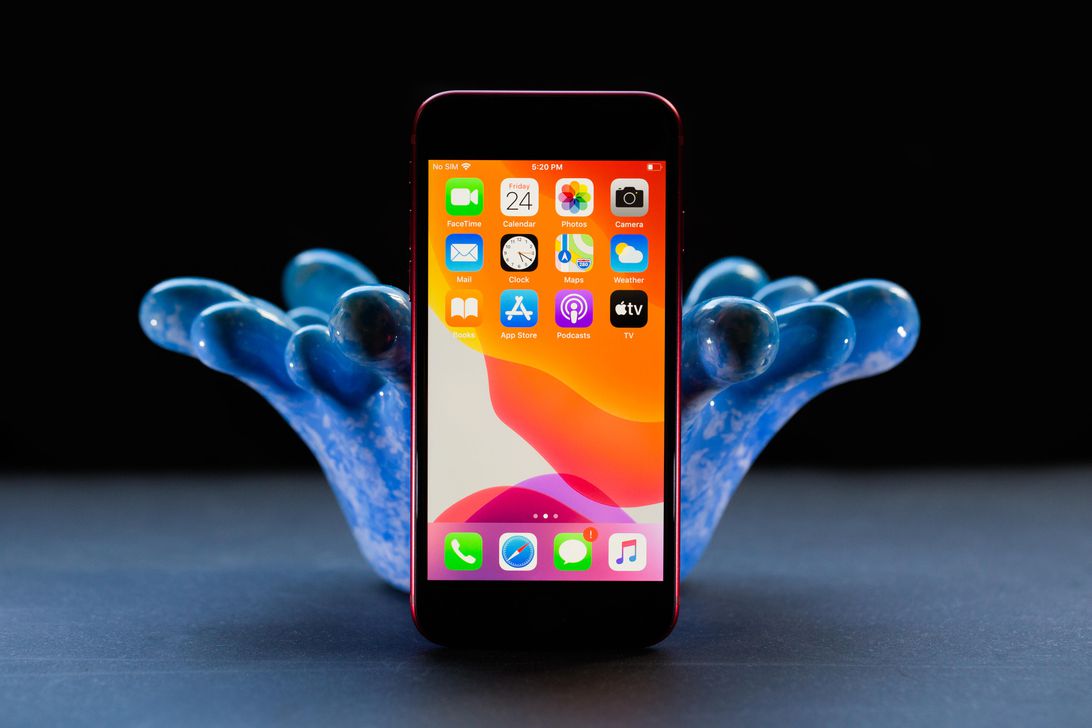
Angela Lang/CNET
Find the best phones, apps and accessories with our CNET Mobile newsletter. Delivered Tuesdays and Thursdays.
Apple refreshed its $400 budget iPhone for the first time in four years in 2020, but it looks like we won’t have to wait that long for the third-generation model. The iPhone SE 3 could launch in the first half of 2022, according to a note from analyst Ming-Chi Kuo that MacRumors reported.
It’s expected to get 5G support and a boost in performance, thanks to the addition of Apple’s A15 Bionic chip, the same processor that powers the iPhone 13, according to Nikkei Asian Review. The current iPhone SE, by comparison, runs on Apple’s older A13 Bionic processor from the iPhone 11.
The next-generation iPhone SE might also be the first to get Face ID, Bloomberg’s Mark Gurman wrote in his Power On newsletter. The 2020 iPhone SE and 2016 version both have Touch ID since they still have the physical home button. But reports are conflicted over whether the next iPhone SE will get a makeover or retain its retro look. Kuo says it will likely have a similar design that’s the same size as the current model, according to MacRumors, while the Chinese tech site MyDrivers suggests it will look more like the iPhone XR.
The second-generation iPhone SE stands out for its balance of great performance, affordability and portability. Based on the reports that have circulated so far, it sounds like Apple plans to expand on that by giving the iPhone SE some more modern features while hopefully retaining the qualities that have made it so appealing in the first place.
Apple iPhone 14 Max
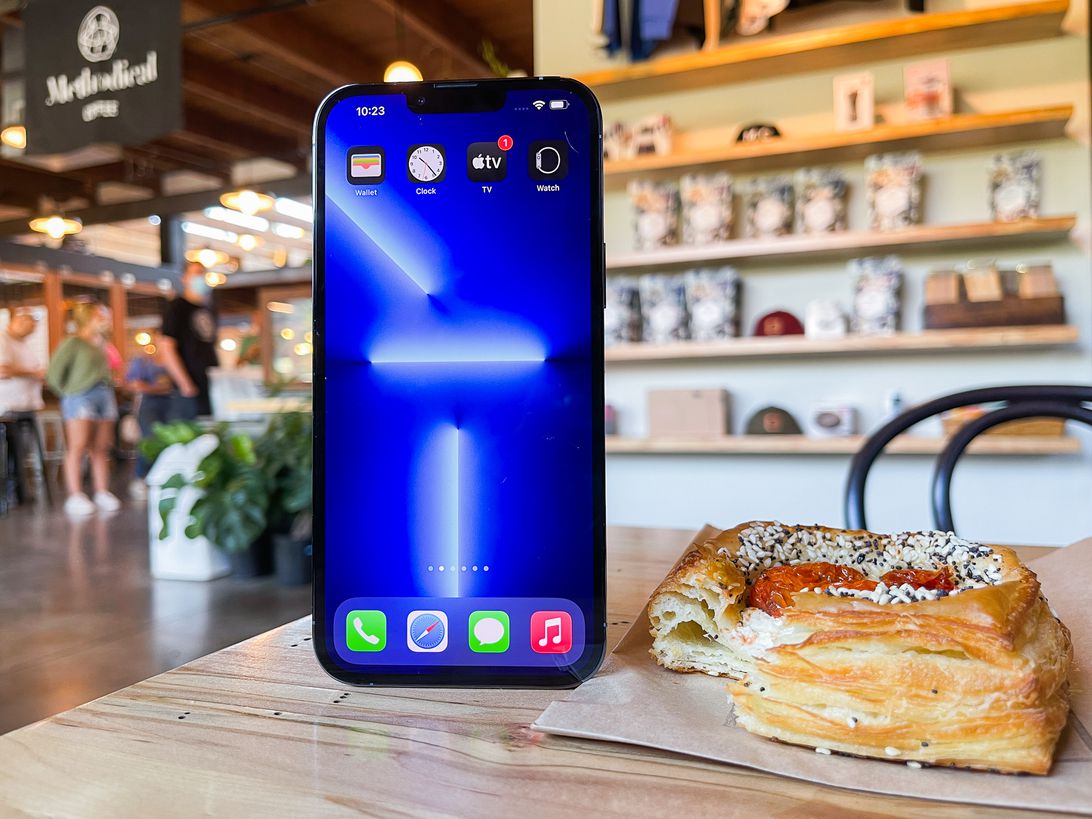
Patrick Holland/CNET
The iPhone 13 is just a few months old, but that doesn’t mean it’s too soon to start talking about the iPhone 14. The biggest upgrades we’re expecting to see from next year’s flagship iPhone come down to the camera, design and screen size options. But it’s the reported iPhone 14 Max that I’m most excited about, which is said to be a supersize version of Apple’s standard next-gen iPhone.
Apple will ditch the iPhone Mini and instead add another 6.7-inch iPhone to the mix next year, according to Nikkei Asian Review. That means the iPhone 14 lineup may consist of two 6.1-inch models (the iPhone 14 and iPhone 14 Pro), and two 6.7-inch versions (the iPhone 14 Max and iPhone 14 Pro Max).
Apple’s iPhone 14 Max will seemingly be aimed at those who want a larger screen but don’t necessarily care about the other upgrades that come with Apple’s Pro line, like a triple-lens camera and lidar sensor. It could be a great choice for iPhone fans who have been waiting for a gigantic display but don’t want to splurge on the $1,099 iPhone 13 Pro Max.
There are some other exciting upgrades reportedly in store for the rest of the iPhone 14 lineup that could make it feel like more of a leap than the iPhone 13. The Pro and Pro Max versions of Apple’s 2022 iPhone may have a 48-megapixel wide rear camera, reports Kuo in a note reported by 9to5Mac. That’s a noticeable jump from the iPhone 13 Pro’s 12-megapixel camera system.
In terms of design, 2022 might be the year Apple says goodbye to one of the iPhone’s most polarizing physical traits: the notch. Kuo also notes that the iPhone 14 lineup could have a hole punch cutout for the front camera, but only on the iPhone 14 Pro and Pro Max models. That falls in line with a previous report from Bloomberg’s Mark Gurman that said Apple has been working on a notch-free design for future iPhones.
The iPhone 14 lineup will likely launch in September, as is usually the case with Apple’s major smartphone releases.
Samsung Galaxy S22 Ultra
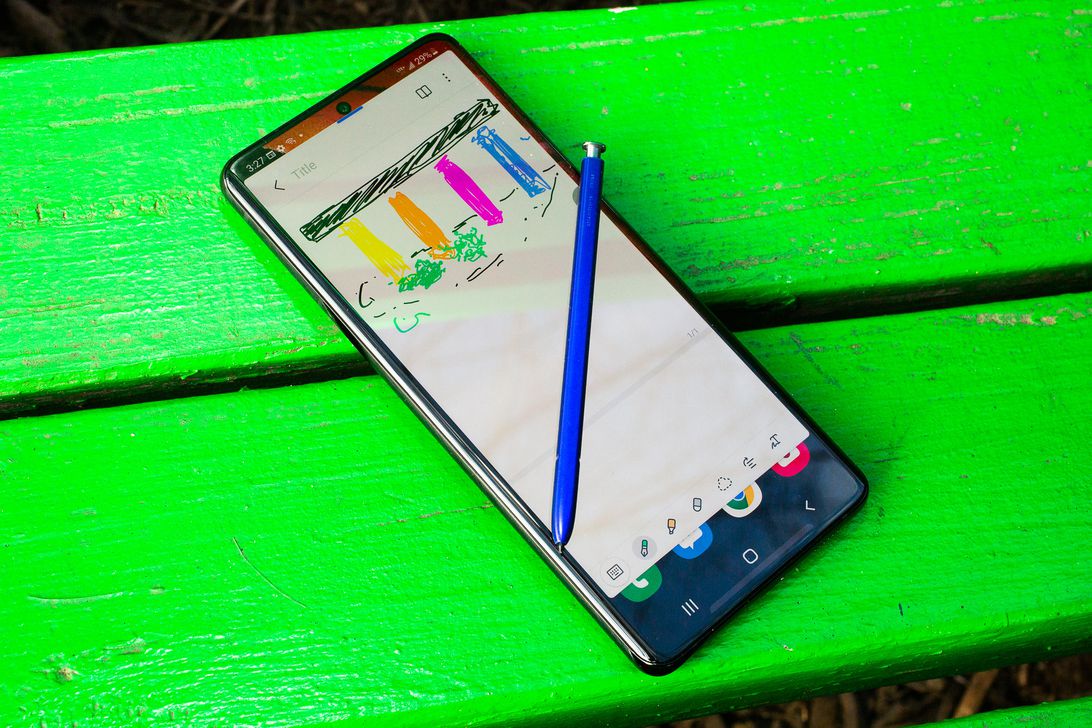
Sarah Tew/CNET
With its spacious screen and S-Pen support, the Galaxy S21 Ultra is a worthwhile alternative for Galaxy Note fans. But at the same time, the S-Pen experience felt a little half-baked compared with the Note’s functionality. For one, the S21 Ultra doesn’t come with an S-Pen in the box, there’s no slot built into the phone for storing it, and it lacks Bluetooth and gesture support for the S-Pen.
But Samsung could address at least one of those concerns with the Galaxy S22 Ultra. A leak from Front Page Tech suggests the Galaxy S22 Ultra may come with a storage slot for the S-Pen, making it much easier to keep track of Samsung’s stylus without losing it. A built-in slot also hints that the S-Pen may come in the box with the S22 instead of being sold separately as an optional accessory.
Otherwise, rumors suggest that the Galaxy S22 Ultra will have a camera system with continuous optical zoom, according to leaks from Ice Universe. That would result in a crisper, uncropped zoom when switching between focal lengths.
All told, the upgrades we’re expecting to see could make the Galaxy S22 Ultra an even more compelling choice for Galaxy Note loyalists, or for those seeking a superpowerful camera phone. Samsung typically reveals its new Galaxy lineup in the January through March time window, so we likely won’t have to wait much longer to learn more.
Google Pixel Fold (or Pixel Notepad)
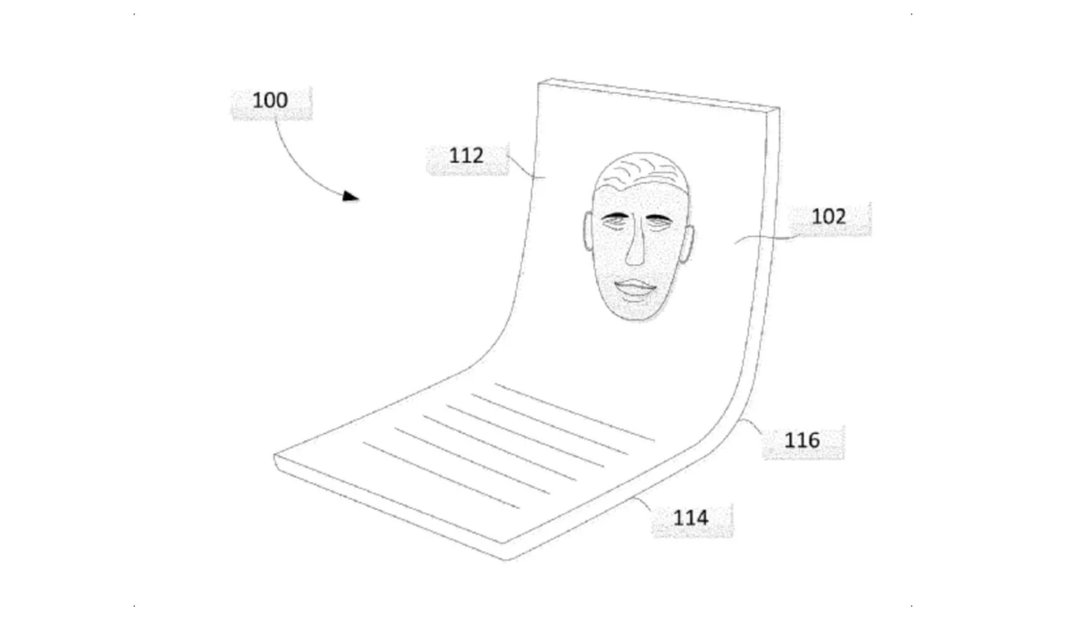
Google
Google hasn’t said a word about any plans to launch a foldable Pixel phone, but rumors have been picking up steam lately. The most recent leak comes from 9to5Google, which reports that Google’s first flexible phone could be called the Pixel Notepad. But perhaps more interestingly, the report also suggests this so-called Pixel Notepad could be cheaper than Samsung’s Galaxy Z Fold 3, which costs $1,800. That’s a big deal, because high prices have been one of the biggest setbacks of today’s foldable phones.
In terms of design, Google’s foldable phone will likely be similar in shape to Oppo’s Find N rather than to Samsung’s Galaxy Z Fold 3. That’s according to animations that 9to5Google found in Android 12L, Google’s Android software designed for larger-screened devices like tablets.
But the camera could be a step down from the Pixel 6’s, as 9to5Google reports that Google’s foldable may have the same camera sensors as the Pixel 5. The publication reportedly found references to the Pixel Fold’s camera sensor in the Android package kit files — i.e. the files used to distribute and install Android apps — for Google’s camera app.
If Google’s foldable does end up having a lesser camera than the Pixel 6, it’s possible that Google may have made this compromise to achieve a competitive price and keep the device slim. Other files associated with Google’s camera app also include code that references a potential 2022 launch date, according to 9to5Google, suggesting that the search giant may indeed announce its first foldable this year.
Foldable phones are still expensive and come with many limitations. But Google’s current approach to smartphones has made me hopeful that it’ll bring something useful — or at least interesting — to this space. Take the Pixel 6 and Pixel 6 Pro, for example, both of which include exclusive features that make use of Google Assistant. These include Wait Times, which displays projected wait times before calling a toll-free number, and Direct My Call, a tool for transcribing automated menus when dialing toll-free businesses. Both of those additions prove Google is thinking about ways to improve the core functionality of smartphones. I’m hoping it will take a similar strategy toward foldable devices, especially now that Google has started making its own phone chips.
Samsung Galaxy Z Fold 4
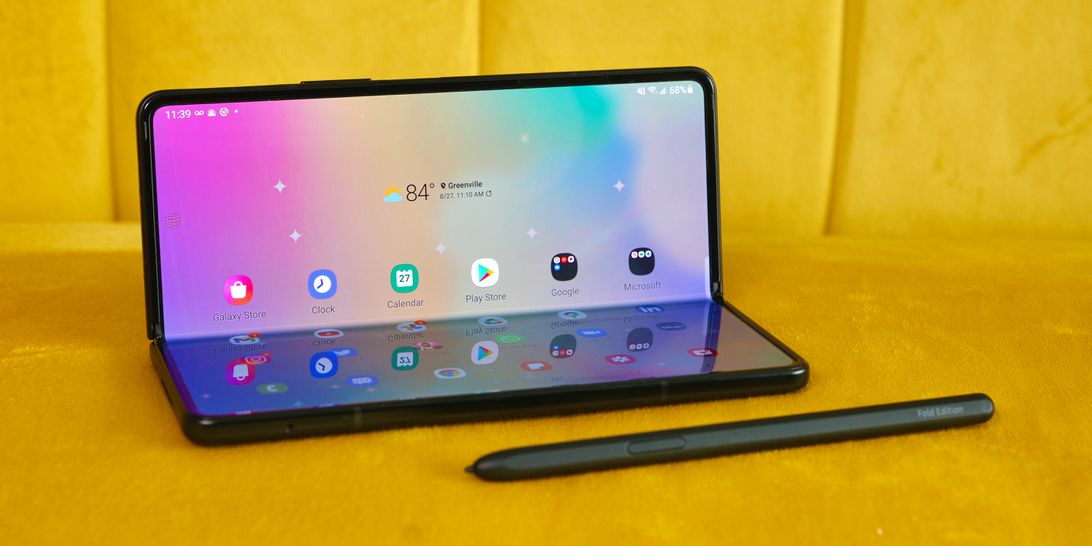
Patrick Holland/CNET
Samsung’s Galaxy Z Fold 3 is the most polished foldable phone I’ve used, and it’s close to being the first foldable phone I’d recommend. But it’s still much more expensive than the average phone, and the Z Fold 3’s unconventional design still makes it feel awkward to use as a regular phone.
Given the progress Samsung has made in foldable phones so far, I’m excited to see how it addresses these shortcomings moving forward. We haven’t heard much about Samsung’s future plans when it comes to foldable phones. But given that Samsung is already on its third generation of the Z Fold since launching the original in 2019, I wouldn’t be surprised to see another version launch this year.
Samsung also said it sold four times as many units of the Galaxy Z Fold 3 and Galaxy Z Flip 3 than it did of its previous foldable phones throughout 2020. That alone suggests demand for the Z Fold 3 and Z Flip 3 has been solid at the very least, giving Samsung reason to push full steam ahead.
If Samsung does launch another Galaxy Z Fold this year, we can probably expect to see the usual slate of updates, such as a newer processor and slightly improved design. But I’d also like to see longer battery life, a lower price, more software features that put the Z Fold’s larger screen to better use and an updated design that makes the device less cumbersome when folded. It would also be great to see Samsung include the S-Pen stylus with future versions of the Fold rather than selling it separately.
Looking for more advice about the phone you currently have? Check out our guide to the Galaxy S21’s best features, the iOS 15 settings you should change on your iPhone and how to get the most out of your Pixel 6.
